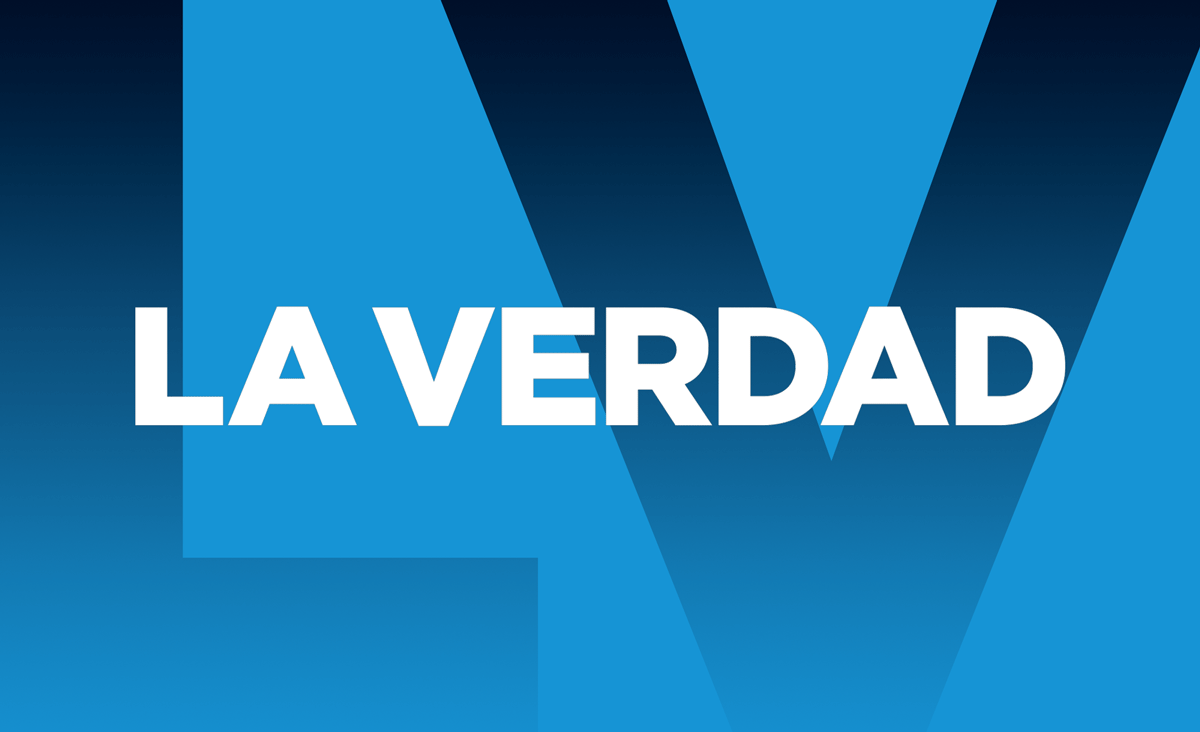A special portrait of Velázquez about which very little data was available
An exceptional portrait of Velázquez is exhibited in the Las Claras Cultural Center of the Cajamurcia Foundation, about which there was very little data until recently. There was never any doubt that the author was Felipe IV’s court painter, Diego Velázquez, but for generations the owners paid little attention to the character depicted, who was widely described as ‘a Spanish gentleman’. It was only remembered that the author was Velázquez. Thus it came into the collections of the Pinacoteca Capitolina when Prince Pio of Savoy came to Spain and wanted to take his excellent collection of paintings with him. On that occasion, the Pope decided to keep some works that could not leave the Papal State, including this portrait of Velázquez. From the eighteenth century until just three years ago, there has been speculation on numerous occasions about the nanny’s identity. Some scholars even suggested that it was a self-portrait of the artist, but the apparent age of the gentleman did not allow this identification.
A document found and studied by researcher Francesca Curti was key to knowing that it was Juan de Córdoba, the curial agent who assisted Velázquez on his second trip to Italy. A document that – if the expression is correct – has been silent for three hundred years.
The usual rule when examining this kind of data has times that slow down the process. A paper generates a study that is published in a scientific journal. Usually these are the annual newsletters from museums, research institutes or universities. In this way we see the found document published after one or two years. Thus time passes until another researcher, in a very different circumstance, finds a piece of the puzzle. Or that fact that opens a new way for us was published in an absolutely forgotten context. This was the case when another researcher, Antonella Parisi, a few years earlier in a side corridor leading to the sacristy of the church of Montserrat in Rome, had found a beautiful white marble tombstone of almost two meters, belonging to the tomb of Juan Rubio. Herrera, uncle of the previous one, who was buried in the disappeared church of Santiago de los Españoles. The initiator of the tombstone was none other than Juan de Córdoba, who added the title ‘canonicus carthaginensis’ to his name. That is to say, it was the curious who would run the affairs of the chapter of the diocese of Cartagena (moved to Murcia much earlier), something of the utmost importance to him at that time.
The first data to look for backgrounds, relationships, participation of other characters and endless possible clues to clarify the relationship with Diego Velázquez, the researchers warn from this moment on. Sometimes in the State Archives in Rome, others, in the National Historical Archives in Madrid, in the Archives of the University of Salamanca or in the cathedral archives, various scholars have dealt with aspects of this character. In Rome, David García Cueto found and published the economic relations between Velázquez and Juan de Córdoba; Carmen Alonso studied and linked data that refer to the difficult relations between Juan Rubio and the municipality of Córdoba. In another context, professors Rafael García Boix, Antonio Irigoyen and Antonio José Díaz had covered aspects of Juan de Córdoba.
The documents of the Carthaginian canon were quickly found by Don Jesús Belmonte, archivist of the Cathedral Archive of Murcia. Also in the General Archives of the Region of Murcia, the director, Javier Castillo, provided the documents related to the resignation of the canon in 1646. Federica Papi in the Capitoline Museums studied the documentary journey of the Velazquez portrait in the collections of the most ancient Europe.
There were many pieces to fit together and the method used by this group of people was radically different from the conventional one. Now no article is written that takes a year to see the light and another year to be covered up in a specialized magazine. Perhaps because the past pandemic has taught us to do things differently, the team of researchers has exchanged new documents, resorted to telematics meetings and accelerated the exchange of information. The figure of Juan de Córdoba and his surroundings has been revealed with the speed that the new relationship between researchers allows. Thus it was summarized in a catalog entitled ‘Velázquez in Italy. Between Luigi Amidani and Juan de Córdoba’ they were sessions of remote work, exchange of documents, discussions with each other and, in short, the opening of a process in which new data is constantly emerging.
Under other circumstances, this work might have taken many months, if not years. The catalog was ready in May, but new contributions have continued to flow since then, especially from the Roman archives. For this reason, what until now have been closed meetings, the Cajamurcia Foundation has offered the opportunity to do this live at the Las Claras Cultural Center. A study session with the participation of those who have found new data in recent months and offer us the novelty of announcing them for the first time in a format that does not have the times of the print edition.
Source: La Verdad
I’m Wayne Wickman, a professional journalist and author for Today Times Live. My specialty is covering global news and current events, offering readers a unique perspective on the world’s most pressing issues. I’m passionate about storytelling and helping people stay informed on the goings-on of our planet.



